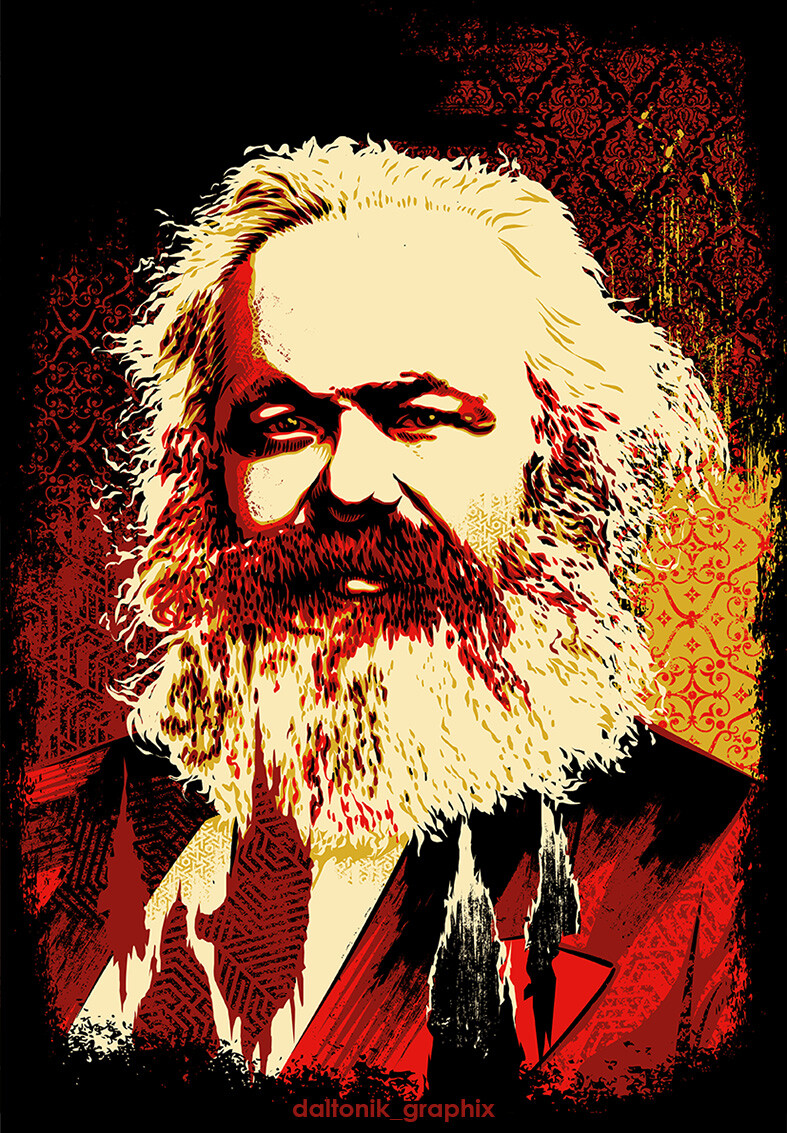I’ve been reading Capital off and on for months and this is a seemingly pretty important difference that I don’t understand. Is there a difference between surplus labor and profit, and if so, what is it? Any explanations, links, or chapters in Capital I should check out are appreciated.


The rate of surplus-value does not necessarily correlate with the rate of profit.
The reason the rate of profit tends to fall is because constant capital © tends to increase its fraction of the total capital — the ratio c/v increases. This results from technological development reducing labor inputs over time.
But the rate of surplus-value s/v doesn’t depend on constant capital at all. So if the rate of surplus-value tends to decrease, it can’t be because of a change in the fraction of constant capital.
The rate of profit and the rate of surplus-value express different things.
The rate of profit is what motivates capitalists and the capitalist economy in general. A capitalist invests money M in order to receive M’ > M at a later point. In developed capitalist society, this occurs with such regularity and uniformity that there emerges a “market rate” for this money growth, a singular rate of profit known to anyone who wishes to invest their money.
The rate of surplus-value — a category identified only through the chapter one analysis of value — is synonymous with rate of exploitation. It is a simple ratio of unpaid-to-paid labor, performed either by an individual worker or by the working class as a whole. In principle, this rate could stay fixed at 100% forever, and the rate of profit would decrease independently as c/v increases.